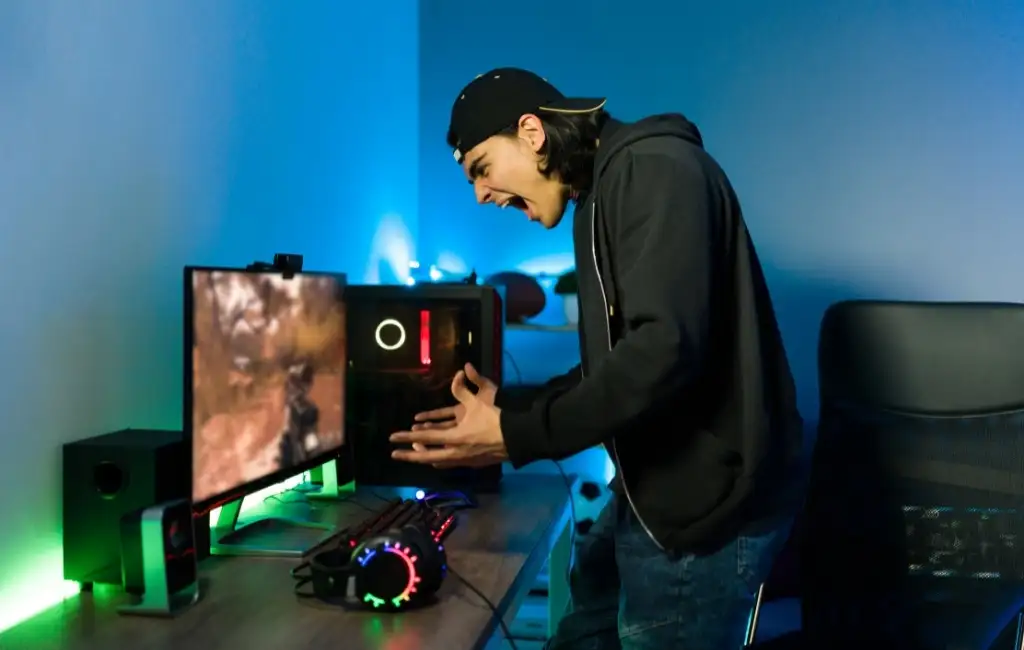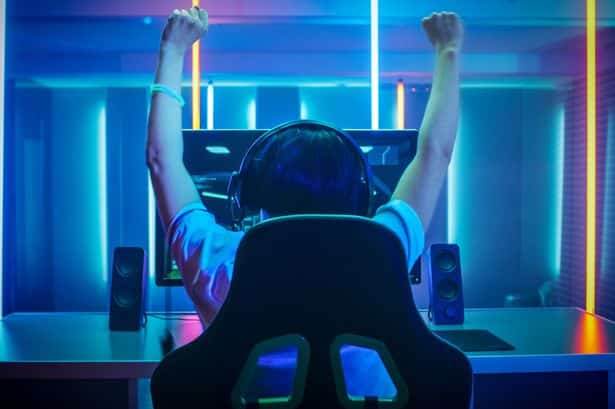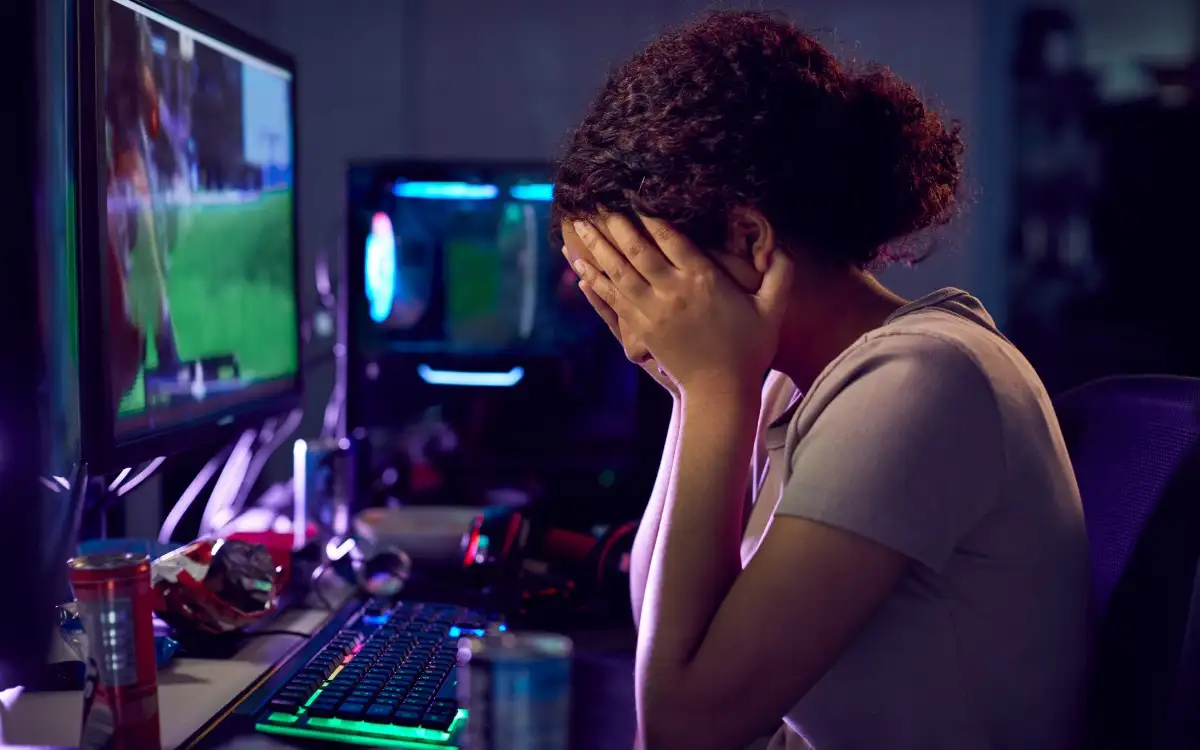Once it comes to computer lag spikes Windows 10, the leading causes include lack of resources, outdated GPU driver, malware, drive issues… To put an end to the lags, you should kill programs/processes, update GPU driver, scan for malware, check out the drives and so on. Read to the end to be able to get the most out of your PC.
The Root Of The Problem

Lack Of Resources
All in all, if a lot of programs/processes run at the same time, resources of your computers would run low. Also, if you play a resource-intensive game, your PC may struggle to allocate enough resources to that. Signs of a lack of resources on Windows computers comprise lag spikes, freeze, crashes, etc. Unless you take action, your PC could have a hard time working as expected.
Outdated GPU Driver
In layman’s terms, if the driver of your graphics card is out-of-date, it’s only natural for the computers to act up. Hence, regarding computer lag spikes Windows 10, it’s a good idea to take GPU driver into account.
Drive Issues
Generally speaking, if a drive is damaged, it can no longer process data properly. That results in a wide range of problems and lagging is a prime example.
Malware
For your information, if left unaddressed, malware could make computers go haywire out of the blue. Your Windows 10 PC experience lag spikes time and again? Then it won’t hurt to add malware to the list of suspects.
Ways To Deal With Lag Spikes

Kill Programs/Processes
- Step 1: Right-click an empty space on the taskbar and pick Task Manager
- Step 2: In Processes, locate non-essential programs and processes, click each of them then pick End Task.
- Step 3: Determine whether the issue persists.
Depending on the situation, it’s strongly recommended that you get rid of programs that you seldom use too.
- Step 1: Go to Search bar, type Control Panel and press Enter.
- Step 2: In Control Panel, change View by to Category then hit Uninstall a program under Program.
- Step 3: Locate rarely used programs, right-click each of them and pick Uninstall.
- Step 4: Follow onscreen instructions.
- Step 5: Restart your computer after the uninstallation finishes.
Note: Sometimes, your computer is unable to support all of the tasks as it is which means you should upgrade its RAM. Pick up a couple of RAM sticks, connect them to your computer and see how things turn out.
Update GPU Driver
- Step 1: Go to Search bar, type devmgmt.msc and press Enter to open Device Manager.
- Step 2: Expand Display adapters, right-click your graphics card and pick Update driver.
- Step 3: Follow onscreen instructions, restart your computer and witness the result.
Scan For Malware
- Step 1: Press Windows + I to open Settings, choose Update & Security and select Virus & threat protection in Windows Security.
- Step 2: Pick Scan options, click Full scan and hit Scan now.
- Step 3: Allow the scan to go all the way then restart your computer.
Check Out The Drive
You have been using your computer for a long time? Then there is a good chance that the drive is in need of replacement. To be sure, you should use Check Disk to ascertain the state of the drive. If your drive needs to be replaced, it’s wise to go for SSD drives.
Update Windows
- Step 1: Press Windows + I to open Settings, click Update & Security and pick Check for updates.
- Step 2: If a Windows update is available, download and install it.
- Step 3: The moment the update completes, restart your computer.
Other Similar Questions

What should I do if my game keeps lagging?
In the beginning, you should close everything except your game so Windows could allocate more resources to it. Besides that, you should consider decreasing the game settings to lessen the strain on resources.
Should I be worried when CPU usage reaches 100%?
It’s not uncommon for CPU usage to reach 100% every now and then. However, if CPU usage remains at 100% for an extended period of time, the performance of your PC is going to suffer.
What is a CPU jump?
A CPU jump is a type of instruction that allows the processor to change the order in which it executes instructions. It is typically used to improve processing by allowing the processor to bypass slower instructions to avoid errors.

As PCWorld’s senior editor, Mark focuses on Microsoft news and chip technology, among other beats. He has formerly written for PCMag, BYTE, Slashdot, eWEEK, and ReadWrite.










